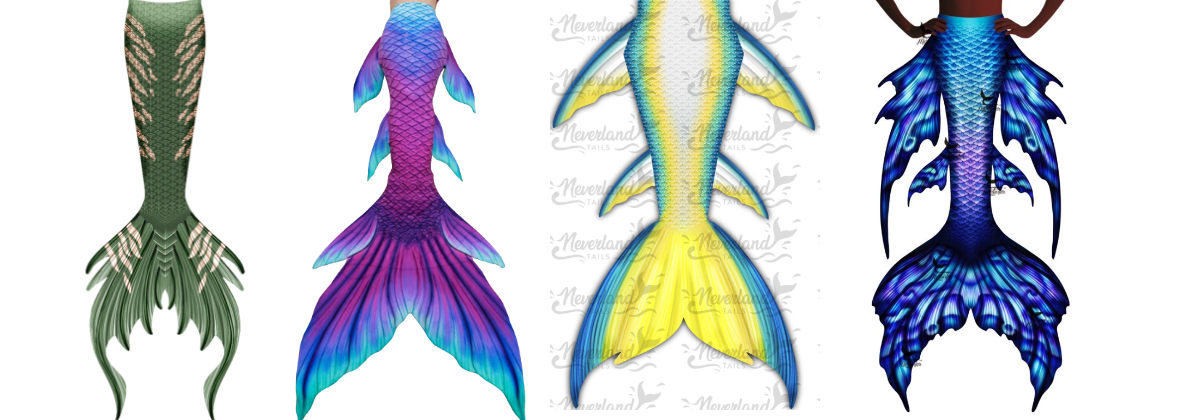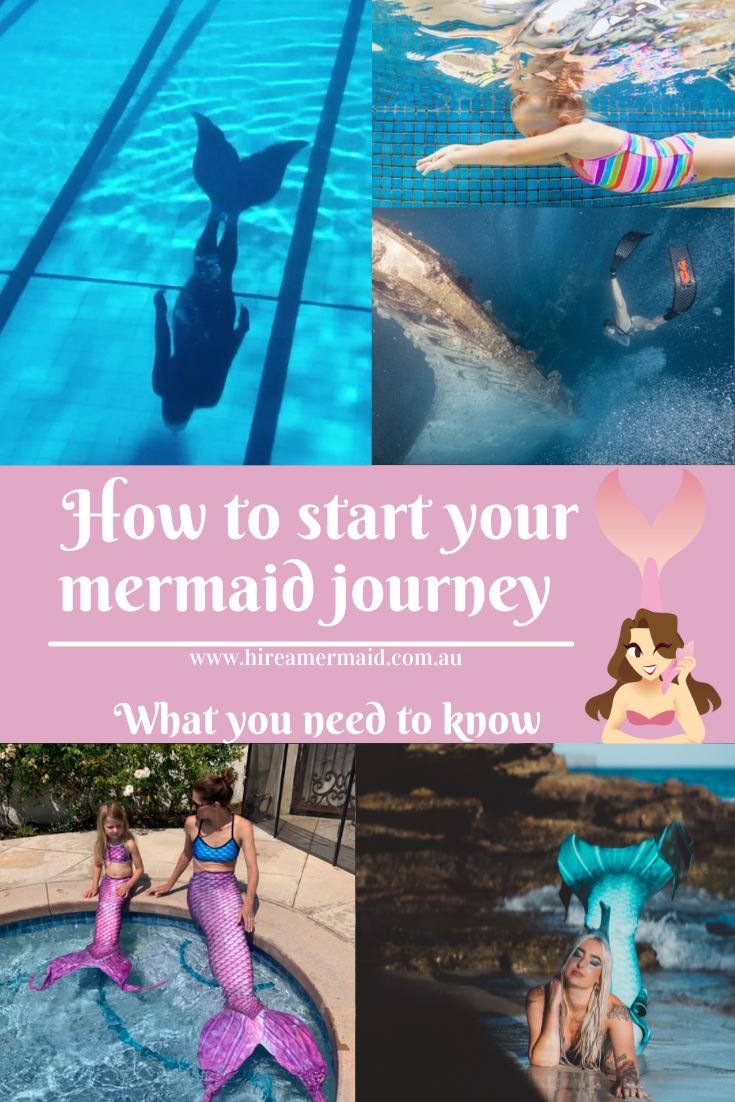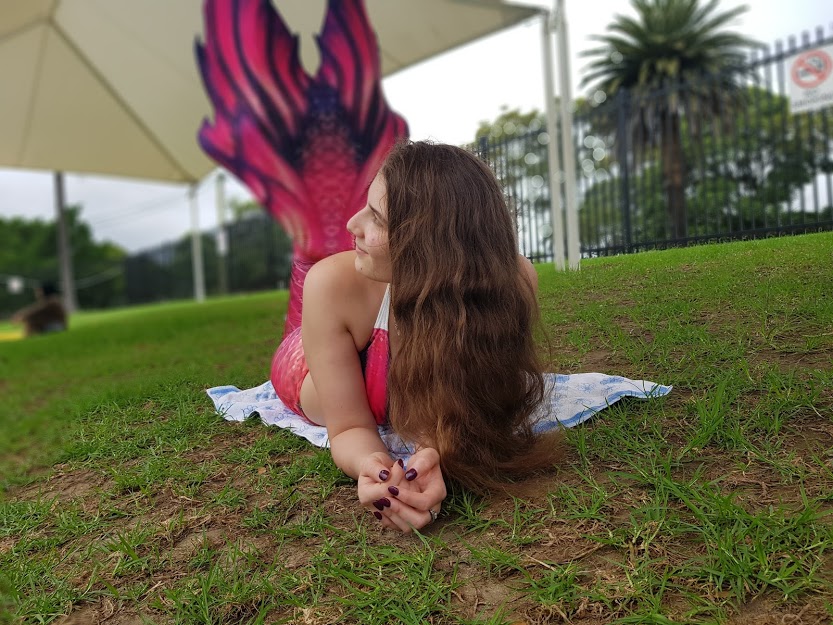Mermaiding is increasing in popularity fast, and it’s no wonder, who wouldn’t love to become a creature that was thought to only be in legends? So, YOU want to become a mermaid? Mer-mazing, welcome! Below are the steps you need to start your journey, as well as a few things that you need to be aware of:
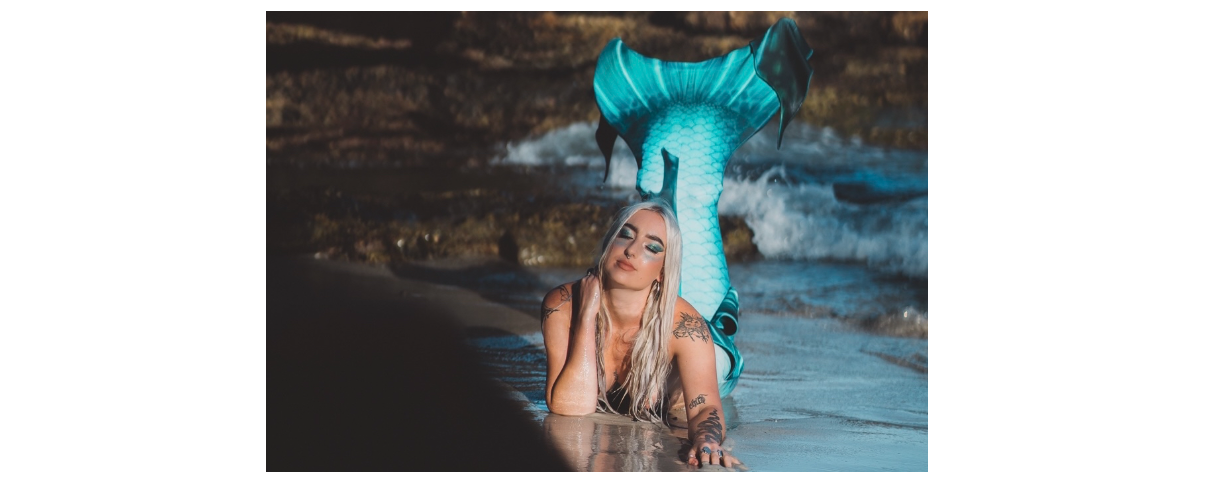
1. Become a confident swimmer: Practice in a pool; then try with your legs together:
Swimming is an important part of being a mermaid, after all, they do live in the water! Therefore, it is extremely important that you are a confident swimmer before you buy a mermaid tail.
Pools are the best place to try anything new to do with swimming since there are people around you (usually a lifeguard), sides you can hold onto, as well as a shallow and deep end (you can also take lessons or enroll in a freediving or mermaid course). Once you are a confident swimmer, try opening your eyes underwater and holding your breath; then you can try swimming with your legs together (no tail), and when you are assured that you can do that safely.
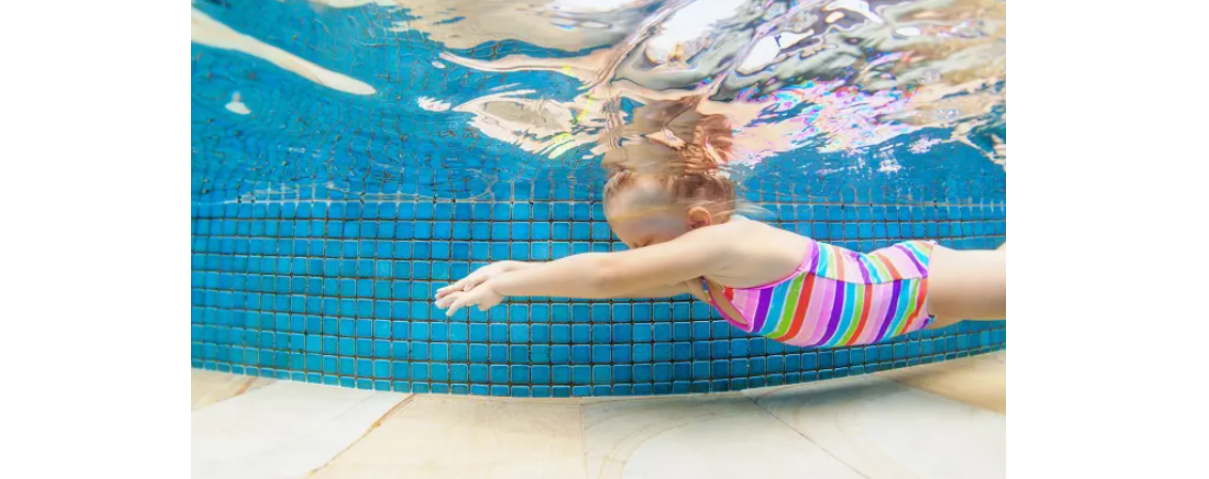
2. Buy a monofin: Practice swimming in a monofin and kicking it off in the pool:
A monofin is fundamentally 2 flippers welded together to create one big flipper and, they are essential to safe mermaiding. It is a common misconception that mermaid tails do not use monofins but rest assured they are REQUIRED inside tails to provide propulsion and help counteract the weight/drag of the tail! Swimming in a tail without a monofin is highly dangerous since your legs are bound together, your feet can get tangled in the fabric and the bottom of the tail (fluke) can create drag making it hard to swim. There are fake and unsafe monofins out there so do your research and ensure you purchase a reputable one. Pictured below are the FinFun, Linden, Mahina, & Finis monofins. Many monofins are specific to particular tail brands so keep that in mind when purchasing!
3. Practice using your monofin: In the pool
As stated previously, you should always try new things in a pool first! Unfortunately, many pools do not allow monofins so, it’s best to call beforehand and check! Before you go, look up some basics on how to use a monofin, and, when you arrive, start in the shallow end. You will have both feet inside hence, your legs will be together and you will swim in a mermaid motion; using your core and kicking your feet to power you forward. Make sure you also practice how to kick your monofin off in case of an emergency. Do not stand on the tips of your monofin, rinse after each use and dry your monofin in the shade.
4. Purchase a beginner-friendly mermaid tail: Without vinyl
The step you have been waiting for! Once you have practiced and are 100% confident in your swimming abilities using a monofin, you can finally purchase a beginner-friendly mermaid tail! Shop around as each brand has a different style and colour palette!
- It is best to choose a tail that does not include vinyl. Vinyl is essentially thin plastic that is put inside tails with big flukes so that it keeps its shape in the water. Vinyl is not a replacement for a monofin as it does not provide propulsion and causes drag (making it harder to swim)!
- It can be tempting to buy a big tail with a massive fluke but, it is best to choose a tail that does not have excess fabric when your monofin is inside as it can also cause drag.
- Make sure you are purchasing a tail that will fit your monofin and ensure that it is from a reputable mermaid company since many unsafe tails and tails with stolen designs are being sold on popular websites. Pictured below are tails from the reputable companies Finfun, Mertailor Guppy tails, Finfolk Discovery tails, CapeCali, click on the links to explore! These types of tails are much cheaper than tails with larger flukes which makes them perfect to practice in. Did you know that mermaid tails are quite delicate? They can get damaged very easily when coming into contact with concrete from hopping in the pool or swimming around rocks or other hard-grit surfaces. Hence, learning in one of these tails can save you lots of money!
5. Practice swimming in your mermaid tail: In a pool with people around
Once your tail arrives, you can start living your mermaid dream! Again, make sure you practice in a pool where you have people who can help you if needed. Insert your monofin inside your tail fluke, Wiggle inside the tail (close to the edge of the pool), and plop in! Start in the shallow end until you feel comfortable swimming deeper. It shouldn’t feel too different from swimming with a monofin but you may find your knees are a little more constricted. Make sure to practice kicking your monofin and tail off in case of an emergency.
- Mermaid tail care: Tails require more aftercare than monofins and can be compared to wetsuit care. It is suggested that you rinse your tail at the pool and then once you’re home soak it in the sink or bath (you can use wetsuit cleaner if you wish), gently wring it out, and hang it in the shade so it does not fade.
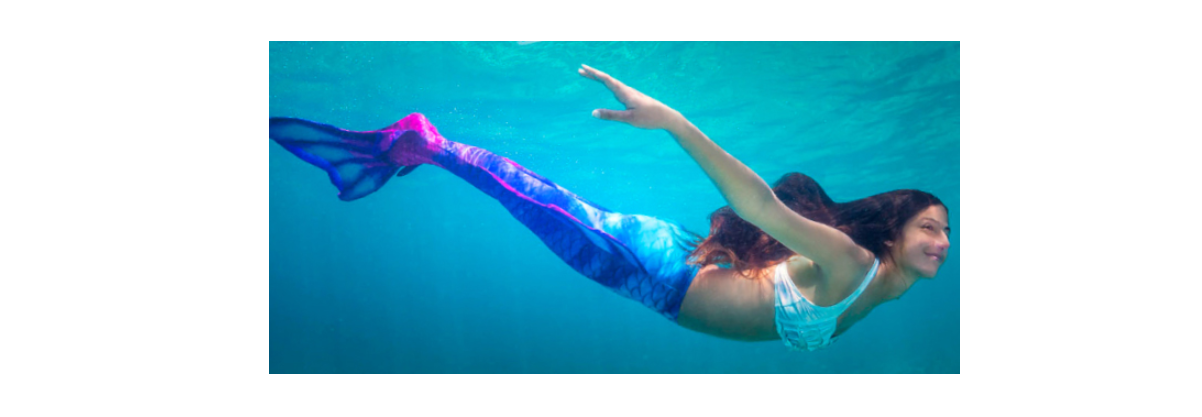
6. Train in your tail: Lots of practice
This step may seem repetitive, however, it is important you practice using your tail several times and not just once or twice for safety; make sure you are 100% confident in your abilities in a tail before continuing to the next step.
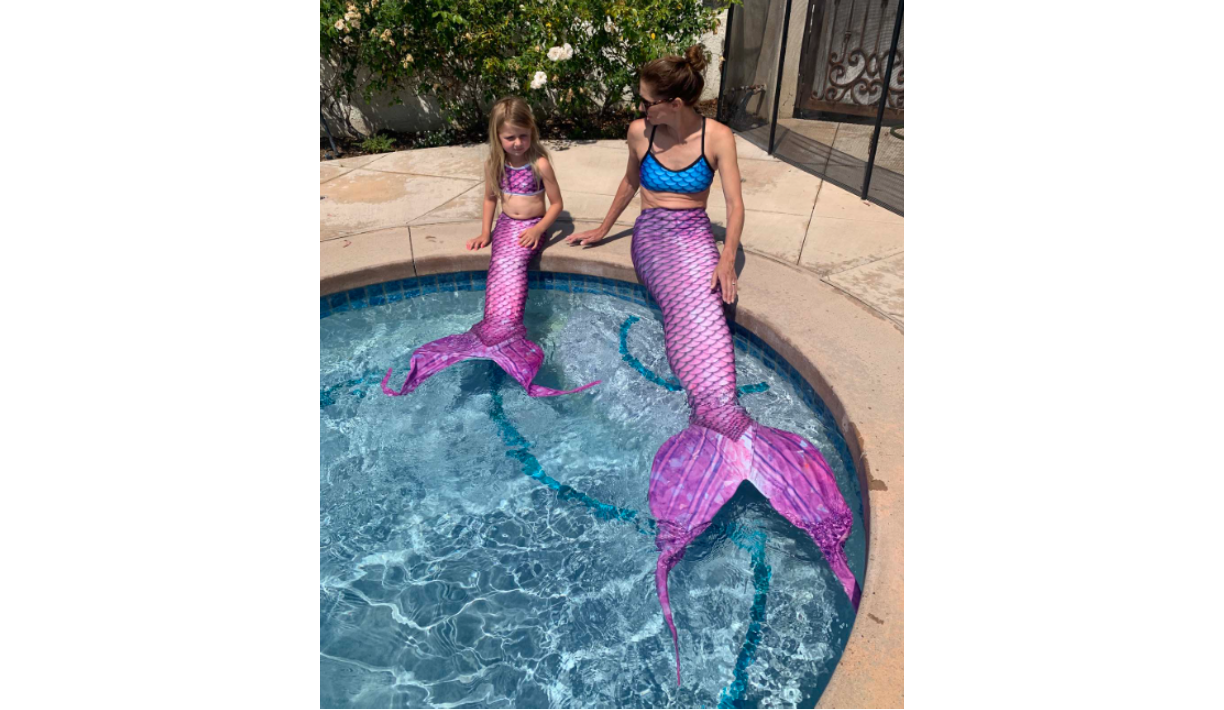
7. Ocean swimming:
Some mermaids do not wish to swim in the ocean and prefer the pool, lakes, or rivers so, know that this step is not necessary! If you do wish to swim in the ocean with your tail, however, keep reading:
- Make sure you are only taking this leap if you are 100% confident that you can swim safely in your tail and can kick it off if you need to.
- It is best to go to a beach that has flat water and not too many waves so that it is easier to swim around.
- Stay shallow while you are getting used to your new environment.
- Take goggles if you wish as the salt can take some time to get used to.
- Take friends or family that are strong swimmers and floatation devices if possible.
- Stay where lifeguards can see you.
- Make sure you watch out for surfers and nearby swimmers.

Extras:
Take a freediving course: Recommended but not necessary
Although it is not necessary, it is highly recommended that you take a freediving or mermaid course so that you are trained in everything that will benefit your mermaid journey. Mermaiding is essentially freediving and these classes teach you a variety of things including how to improve your breath-hold and dive deeper. Pictured are images from PADi & Adreno AIDA these courses have a good reputation and can help you no matter where you are on your mermaiding journey.

Get a bigger tail: Optional
Once you are confident in your mermaiding abilities you can splurge on a bigger tail that includes vinyl and fins! Make sure to practice in a pool as if it were your first tail ever and, keep in mind that they can get damaged very easily. You can also start looking at custom fabric or silicone tails! The tails below in order are by MiishyFins, Finfolk Productions, Neverland Tails & Mertailor.
